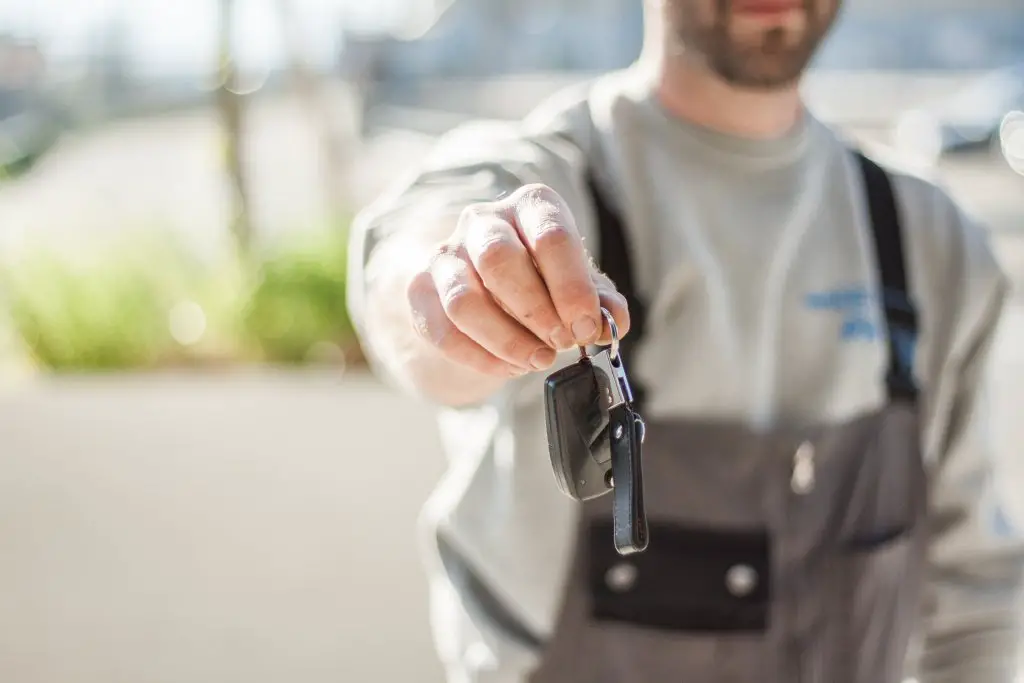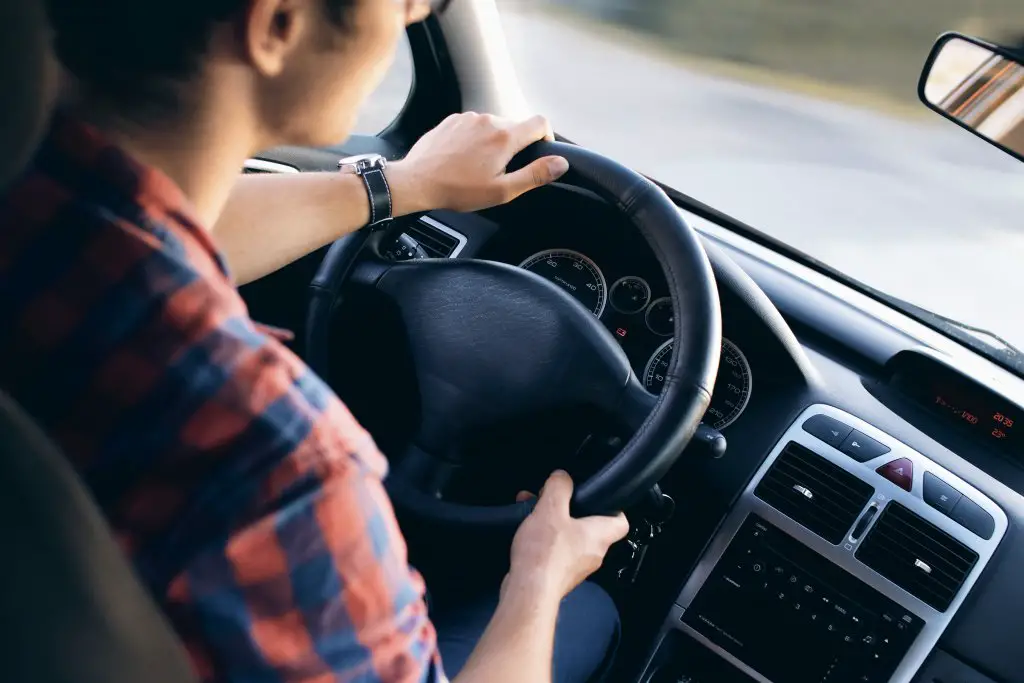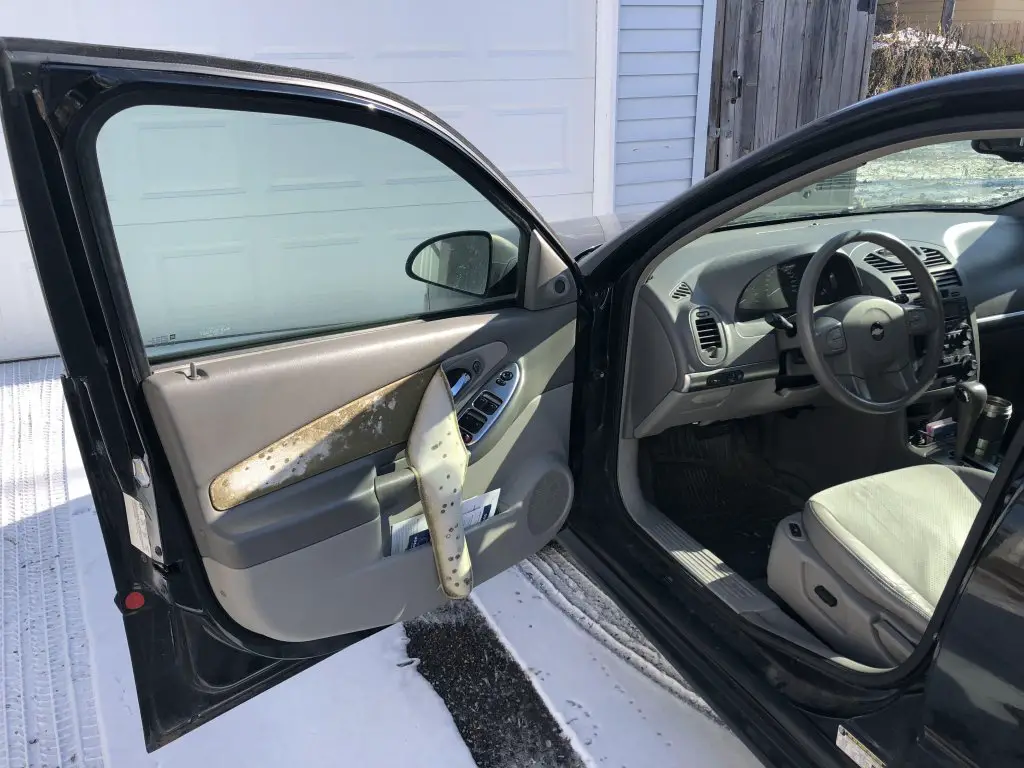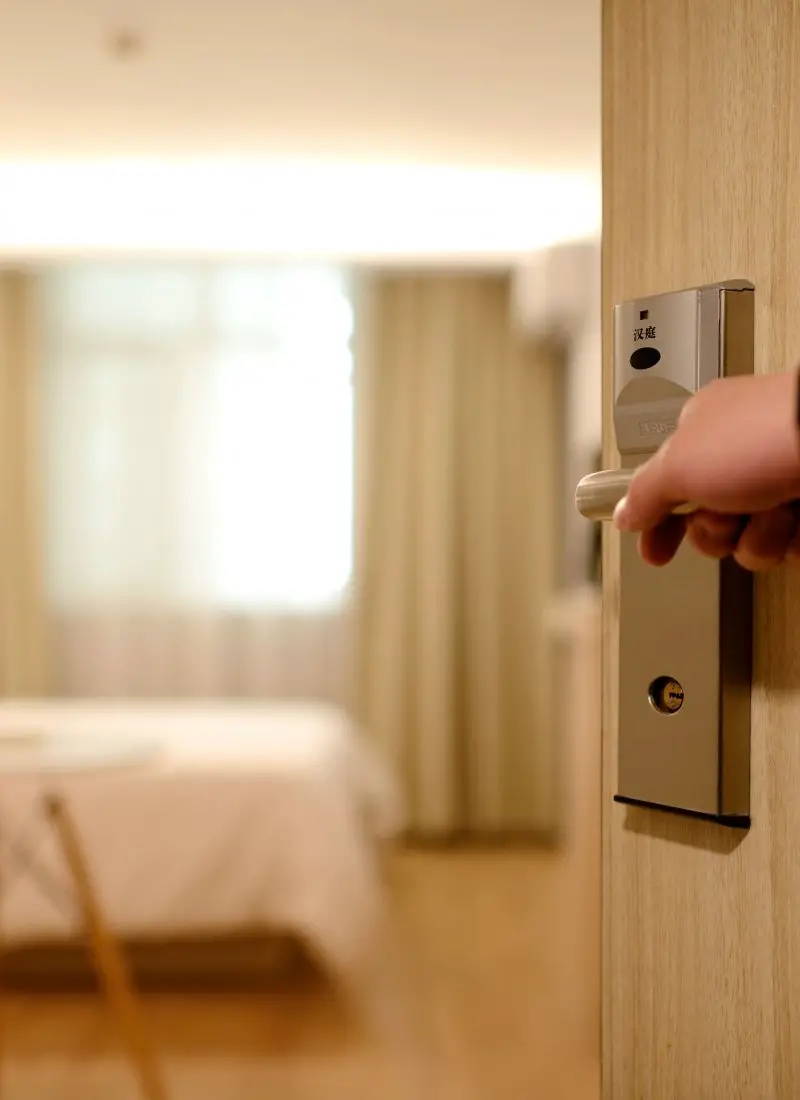In this save to travel blog series, I want to walk through how I afford a lifestyle that includes 10-12 trips per year. This is Part 4. And walks you through how much money I save by driving the same, ugly used car. Parts 1, 2, and 3 are linked below; as the final two parts of the save to travel series come out, they will be as well.
Vacation isn’t cheap. But it is fun, relaxing, and worth it. Traveling lives with you forever and doesn’t get thrown away. For me, it is a priority. The first two parts of this series are tools I use and the rest are rules I live by to make my lifestyle a reality.
PART 3: Avoid Unnecessary Expenses
PART 4: Transportation
OVERVIEW: How I Save $10,000 per year for Travel
Disclaimer: I am NOT a car expert. There are positives and negatives to all situations. Especially when it comes to cars and how you choose to pay for it. For most of us, it’s a requirement to have one—or multiple. We have to make the best choice for us. This is how I (currently) choose to do it in order to save more money to travel.
PART 4: Transportation
OLD. USED. INEXPENSIVE.
This is my car. She is ugly. She is slow. And she makes funny noises. The driver-side interior is literally falling off, there is rust, as well as a crack in the windshield. People often say to me, “You’re still driving that car?” And I smile every time. Why? Because I love this car. Why? Because for the last 6+ years, she doesn’t cost a dime outside of gas, insurance, and the occasional maintenance fee.
Why I Choose This
If you’re wondering why I haven’t upgraded my car (we’re over 200,000 miles at this point!), here is why:
- The Investment: Your car depreciates the second you drive it off the lot. And 15% every year. I prefer my assets to make money, not lose it.
- Cheaper Insurance: My car isn’t valued very high and I get my insurance for $40 a month. Can’t beat that. And if I get in an accident? It’s been time for a new one for a while now! I’ll cut my losses.
- Fear of Debt: I really hate debt. Especially for something losing value. I continue to drive the car simply because I don’t have a payment.
- Quality Options: Not all used cars are pieces of crap. There are plenty of reliable cars out on the market who are built to go well beyond 200,000 miles. Grateful one is the ol’ Chevy Malibu.
- Low-Stress: Someone accidentally hits me and puts a small dent in it? Oh well. Tiny parking spaces? I whip right in. I drive around without much of a care about what happens to it.
- I’m Not a Car Person; Cars don’t do it for me. Some people love them, others need nice ones for their careers, families typically need to invest more in this area. All that said, I can drive an ugly car from Point A to Point B, no problem.
Are there drawbacks? Absolutely. As I mentioned, there are positives and negatives with any car choice. I didn’t have a choice on the look and feel. It’s not flashy. Though it’s been reliable, there have been a few $500+ fixes. (All of which would total nowhere near what a loan payment would be.) The key is to weigh all of the pros and cons of your situation.

Options
- Used Car = Less expensive and saves you money, yet there is a lack of the car’s full history and it’s likely not in perfect condition.
- New Car = More expensive, but you know where its been, and it’s in perfect condition.
- Lease a Car = Nice car but you won’t own it. And you are under terms and conditions with penalties. It does often come with roadside assistance and maintenance.
Not one of these options is wrong. But make sure you are spending within your means and mindful of interest. If you are building your budget (Part 1: A Simple Budget), keep in mind to not go above 15% of your total income on transportation. This would include your monthly payment, gas, insurance, etc. You can see how much I save by staying (far) below that in the next section. And for more on How to Buy a Used Car—with How to Buy a New Car also linked—head over to NerdWallet.
How Much Do I Save per Year?
I googled the average car payment in the United States. Guess what it is? Over $500 for a new car and almost $400 for a used car. Holy crap. I can’t justify that one. Let’s say after a large down payment, my monthly cost is on the cheaper end at $300 per month.
MONEY SAVED = $300 x 12 = $3,600 per year
I also googled the average car insurance payment which came in at $92. Mine is slightly below $42, which is saving me another $50 per month.
MONEY SAVED = $50 x 12 = $600 per year
I’m currently saving over $4,000 per year. Will this change someday? Of course. Someday I will have to say good-bye to my wheels. My lifestyle will change and my car will right along with it. That said, I am staying ahead of it by stashing money away that I know will go towards either a down payment or (likely) another used car.
What’s Next
Is this something you can change overnight? No. But it is something you can think about and determine if you would rather be spending the money on travel or your car payment/insurance. Maybe you want to sell your car, go another route when your lease is up, or stay right where you’re at because it’s comfortable for you. That said, we can all look for additional ways to save some cash here and there.

Other Ways to Save on Transportation
- Skip Driving When You Can: Pretty basic advice, but always true! Incorporate more walking, biking, and public transportation into your life. Not only do you save on gas, but wear and tear on your car.
- Know Your Work Perks: If you work in a downtown setting, make sure you are taking full advantage of what your company provides.
- Take Care of Your Car; Upgrade tires, get the oil changed, replace fluids. These cost money of course, but not near as much as major maintenance.
- Shop Around for Insurance; Don’t just commit to the first one you call. Ask around and find the best price. And avoid accidents so your premium doesn’t increase! With that…
- Drive Smart; Speeding, rapid accelerating, and slamming the brakes are not only going to ruin your car and cause extra maintenance, but it’s also going to waste more gas well.
- Find a Trustworthy Mechanic: Most of us have stories about getting hustled by a mechanic. Talk to people you trust and find a small, local shop in your area.
Cars are expensive. There’s no if’s, and’s, or but’s about it! But as long as you know the details of your situation, budget for it, and drive both safely and efficiently, it doesn’t have to be as expensive.
The next part of this save to travel series will be dedicated to “extra money.” Stay tuned to figure out what that means! And in the meantime, head over to Parts 1, 2, and 3 to read and review.





